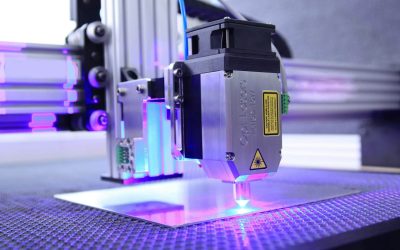In some very specific applications, it may be essential to keep a device isolated from the power source. This can be done through the use of an isolation transformer that allows the AC current to come into the transformer while protecting the device itself from the mains power supply.
In most cases, the choice to use an isolation transformer is to prevent any risk of electrical shock to a device or a person. This is typically done with very sensitive types of devices, particularly those that are sensitive to electronic noise, the natural fluctuation in all electronic circuits.
These transformers are also used to prevent two circuits that are not designed to be connected to be able to use the same power supply. Without this ability to allow the power to be shared with the two or more circuits, additional wiring and power supplies would need to be built into the system.
How They Work
Different types of isolation transformer will have different designs to provide the protection or isolation required for a specific application. For example, if the transformer is designed with a one to one ratio between the primary and secondary windings, it will be effective in both eliminating the risk of shock to humans using or touching the equipment as well as in the protection of secondary circuits in the system.
This is achieved through what is known as capacitive coupling. This allows for the energy to be transferred within the transformer through a displacement current. Between the two windings, the primary and the secondary, there is a grounded Faraday shield or another form of insulation to eliminate signal noise.
It is important to carefully select the correct options in isolation transformers based on the specific system and application. Incorrect choices may not provide the isolation required, resulting in component failure or risk of electrical shock.








